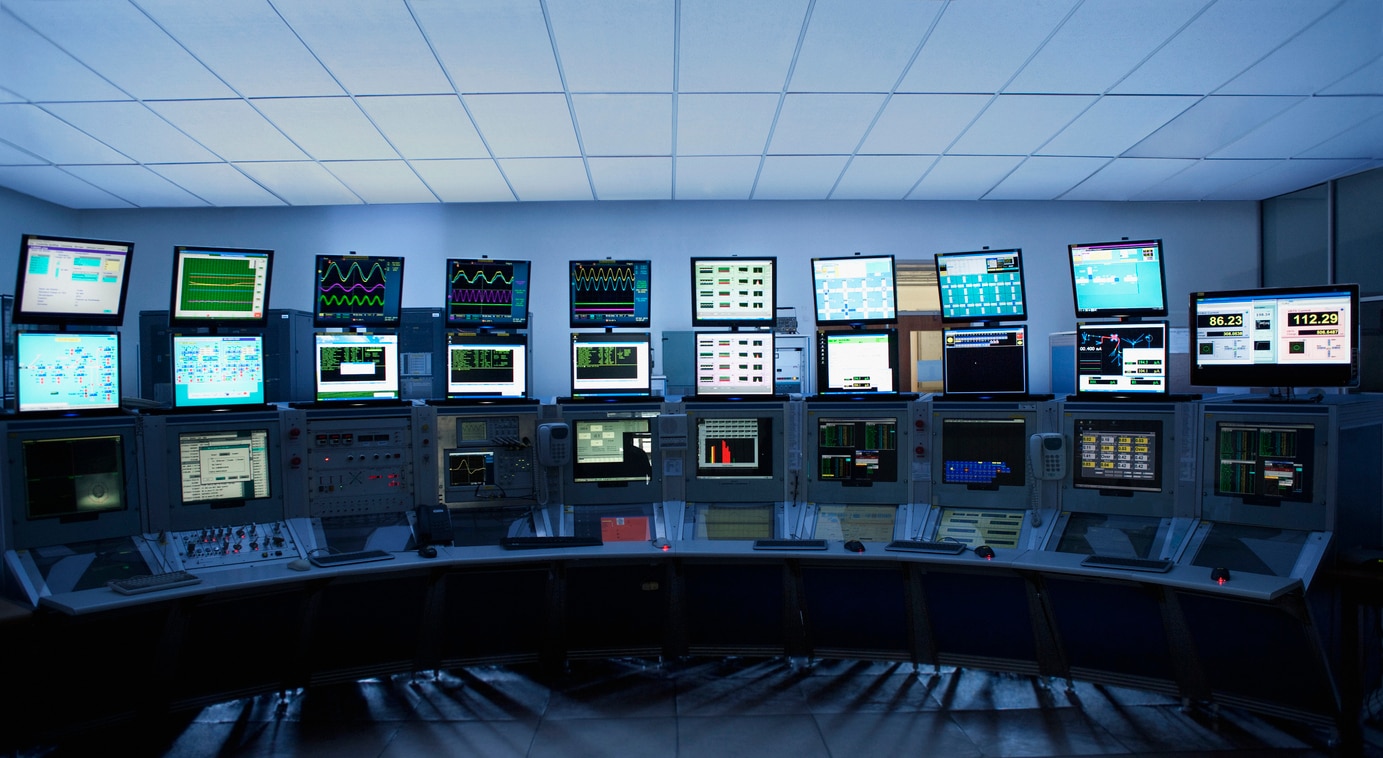It’s no surprise hyperconverged infrastructure (HCI) has been embraced by a growing number of government IT managers, since HCI merges storage, compute, and networking into a much smaller and more manageable footprint.
As with any new technology, however, HCI’s wide adoption can be slowed by skeptics, such as IT administrators concerned with interoperability and implementation costs. However, HCI doesn’t mean starting from scratch. Indeed, migration is best achieved gradually, with agencies buying only what they need, when they need it, as part of a long-term IT modernization plan.
Let’s take a closer look at the benefits HCI provides to government agencies, then examine key considerations when it comes to implementing the technology—namely, the importance of automation and infrastructure monitoring.
Combining the Best of Physical and Virtual Worlds
Enthusiasts like HCI giving them the performance, reliability, and availability of an on-premises data center along with the ability to scale IT in the cloud. This flexibility allows them to easily incorporate new technologies and architectures into the infrastructure. HCI also consolidates previously disparate compute, networking, and storage functions into a single, compact data center.
Extracting Value Through Monitoring and Automation
Agencies are familiar with monitoring storage, network, and compute as separate entities; when these functions are combined with HCI,
network monitoring is still required. Indeed, having complete IT visibility becomes more important as infrastructure converges.
Combining different services into one is a highly complex task fraught with risk. Things change rapidly, and errors can easily occur. Managers need clear insight into what’s going on with their systems.
After the initial deployment is complete monitoring should continue unabated. It’s vital for IT managers to understand the impact apps, services, and integrated components have on each other and the legacy infrastructure around them.
Additionally, all these processes should be fully automated. Autonomous workload acceleration is a core HCI benefit. Automation binds HCI components together, making them easier to manage and maintain—which in turn yields a more efficient data center. If agencies don’t spend time automating the monitoring of their HCI, they’ll run the risk of allocating resources or building out capacity they don’t need and may expose organizational data to additional security threats.
Investing in the Right Technical Skills
HCI requires a unique skillset. It’s important they invest in technical staff with practical HCI experience and the knowledge to effectively implement infrastructure monitoring and automation capabilities. These experts will be critical in helping agencies take advantage of the vast potential this technology has to offer.
Reaping the Rewards of HCI
Incorporating
infrastructure monitoring and automation into HCI implementation plans will enable agencies to reap the full rewards: lower total cost of IT ownership thanks to simplified data center architecture, consistent and predictable performance, faster application delivery, improved agility, IT service levels accurately matched to capacity requirements, and more.
There’s a lot of return for simply applying the same level of care and attention to monitoring HCI as traditional infrastructure.
Find the full article on Government Computer News. 






